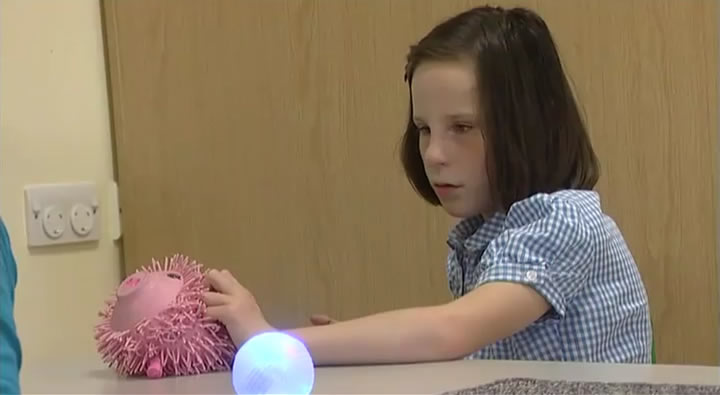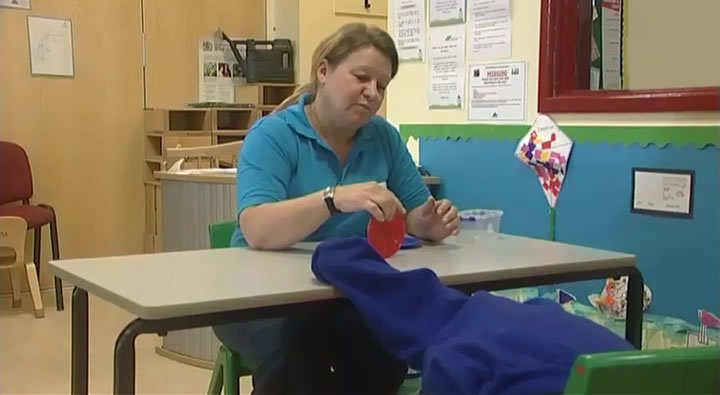
Here we introduce the concept of object permanence. Object permanence, the notion that an object continues to exist even when it is out of sight, is a key milestone on the way to learning that objects have names. The pupil carries a mental picture of the object and will search for the object when it disappears from view.
You will be introduced to ways of assessing object permanence and encouraged to make such an assessment in your own context.

The assessment of object permanence presents another opportunity to become familiar with the Routes for Learning assessment
materials. Object Permanence is key milestone
34 on the routemap.
Have a look at pages 10 and 11 of the Routes for Learning assessment booklet. See what assessment activities you could try and what you should look for.
This video shows Chris, a teacher, working with Ellie-Mae. In the first part of the sequence, Chris takes the opportunity to assess Ellie-Mae's awareness of object permanence. As you watch, consider whether this is an adequate assessment of object permanence? What more could be done to extend the assessment?
Read the commentary on this video.
This video shows Chris working with Bailey, an 11 year old with complex epilepsy (hence the protective helmet) and a diagnosis of autism. One of Bailey's particular interests is dextrous and repeated spinning of plastic plates and lids and other things. Chris takes the opportunity to assess Bailey's awareness of object permanence using one of these plates.
As you watch, consider again whether this is an adequate assessment of object permanence? What more could be done to extend
the assessment?
Read the commentary on this video.

